Nutritionists Reveal the Best Food Pairings for Maximum Nutrient Absorption

Food pairings can significantly impact the absorption of certain nutrients in our diet. “We all know some foods are more nutritious than others, but did you also know that some foods love each other more than others?” says nutritionist Amanda Ursell via Healthy Food. “When certain foods are paired up their nutrients and plant chemicals interact to enhance each other and provide more nutrition bang for your buck.” So which foods should be consumed at the same time? Here are the best food pairings for nutrient absorption, according to nutritionists.
RELATED: 10 Ways to Motivate Yourself to Eat Healthier.
Vitamin C and Plant-Based Iron

Taking vitamin C and iron at the same time helps the iron absorb better. “To best absorb non-heme iron, aka plant-based iron, you need to give it a little boost by pairing it with a source of vitamin C,” Amy Gorin, RDN, tells NBC. “The vitamin C helps break the iron down into a form that the body can more easily absorb. It’s not enough to eat a daily diet that contains both nutrients — absorption of the iron will be much greater if the nutrients are paired in a single meal, according to research published in the American Journal of Clinical Nutrition.”
Vitamin A and Healthy Fats
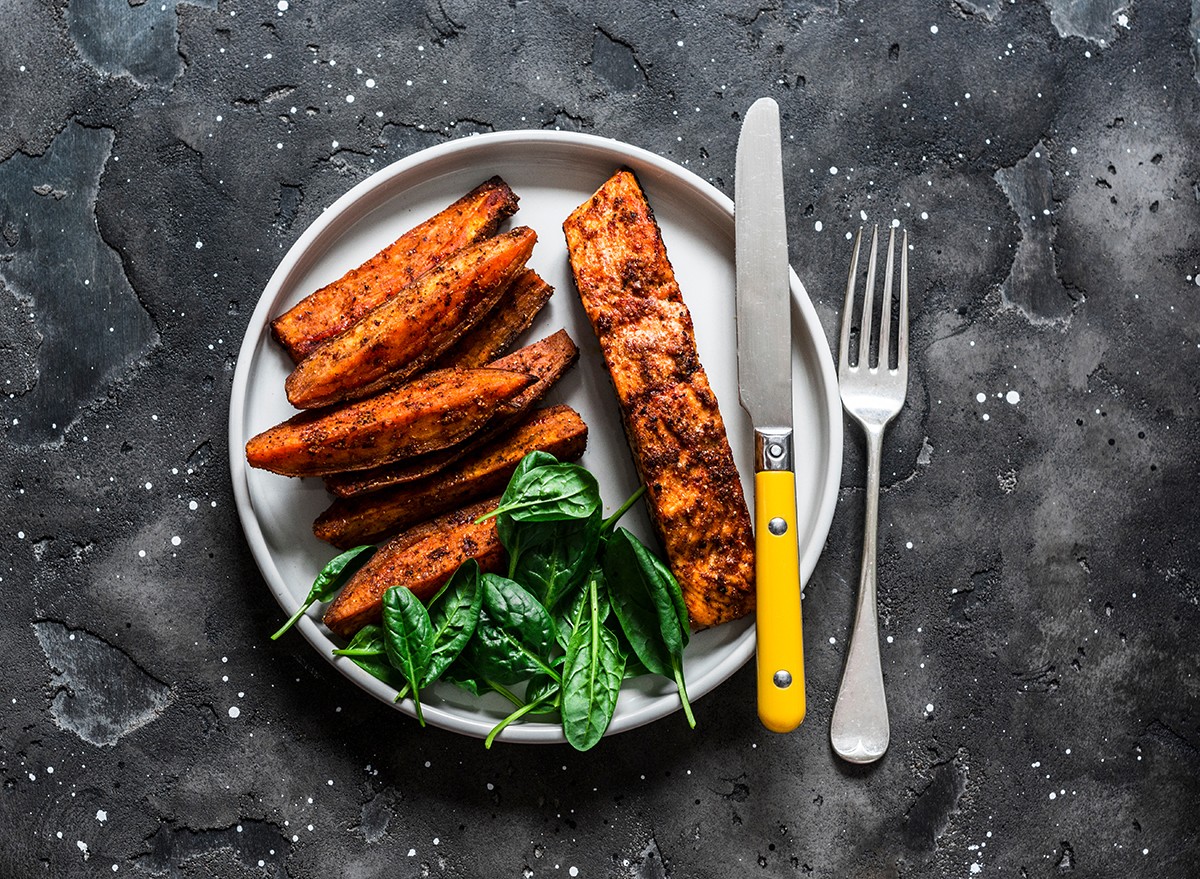
Combine vitamin A-rich foods such as sweet potatoes with healthy fats such as salmon, avocado, and olive oil. “Vitamin A is a fat-soluble vitamin that’s more readily absorbed when eaten with fat,” says Trinh Le, MPH, RD, via Foodsmart. “For example, when you eat raw veggies, your body absorbs only about five to ten percent of the vitamin A, but pair your veggies with oil and you can absorb as much as 50 percent of the vitamin A! Vitamin A keeps skin, eyes and the immune system in tip-top shape. Healthy fats keep you full after a meal and boost vitamin A absorption.”
Turmeric and Black Pepper
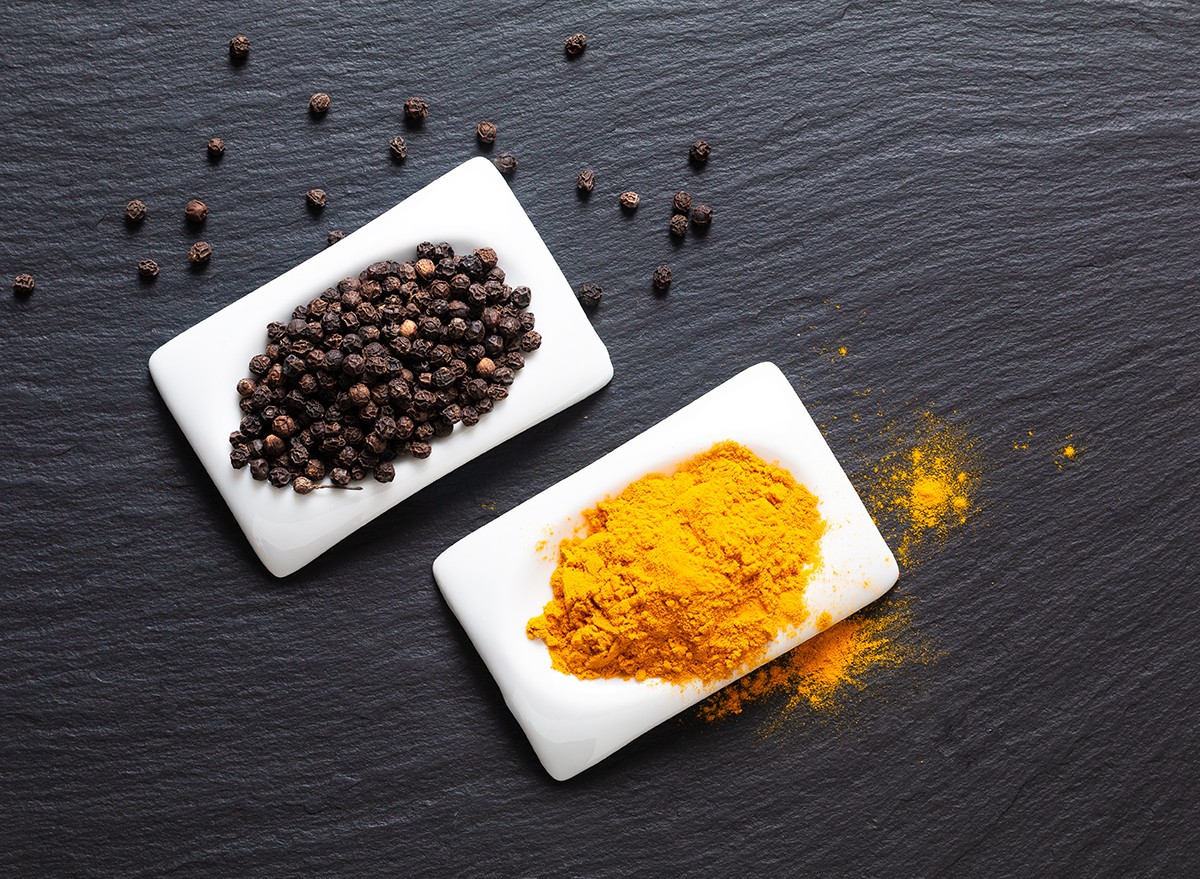
Combining black pepper with turmeric helps the turmeric absorb better. “Turmeric has been used as a flavoring agent for centuries, but it also has powerful antioxidant and anti-inflammatory properties,” Stephanie McKercher, RD, tells NBC. “Black pepper makes the beneficial compounds in turmeric more bioavailable, so I like to combine both spices in one dish for maximum benefit. They happen to taste delicious together, too — I use both in my recipe for golden milk muffins.”
Vitamin E and Omega-3 Fats
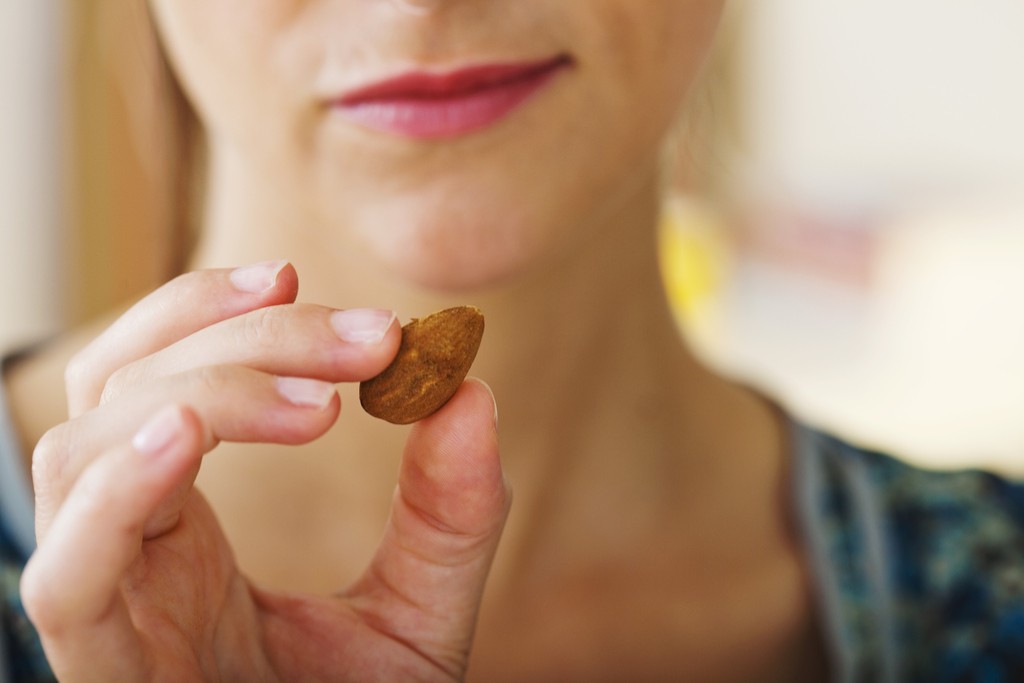
Omega-3s and vitamin E are a beneficial combination. “Vitamin E is a potent antioxidant that protects omega-3 fats from damage,” Le says. “Omega-3 fats boost heart health by reducing inflammation. They are also essential for making and maintaining new brain cells.”
RELATED: Add 6 Years to Your Life With 8 Easy Habits.
B12 and Folate
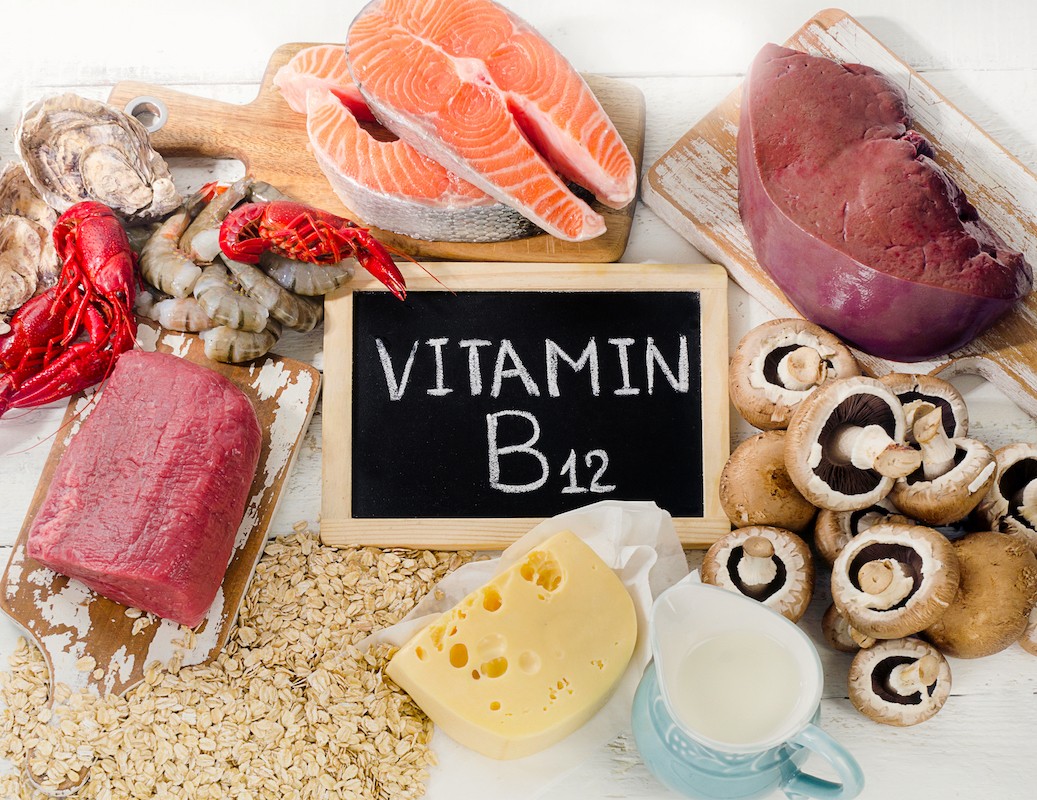
Combining B12 and folate significantly impacts the absorption of the folate. “Although vitamin B12 is only naturally found in significant amounts in animal-derived foods such as meat, fish and eggs, and folate is only present in cereals and other plant foods, each is crucial to the other in our bodies,” Ursell says. “Folate needs B12 for its absorption, storage and metabolism, but they also act together on processes involved in cell division and replication. They’re vital, too, for metabolizing homocysteine, which, like ‘bad’ LDL cholesterol, can damage blood vessel walls and lead to both heart attacks and strokes when levels are too high.”
Quercetin and Catechins
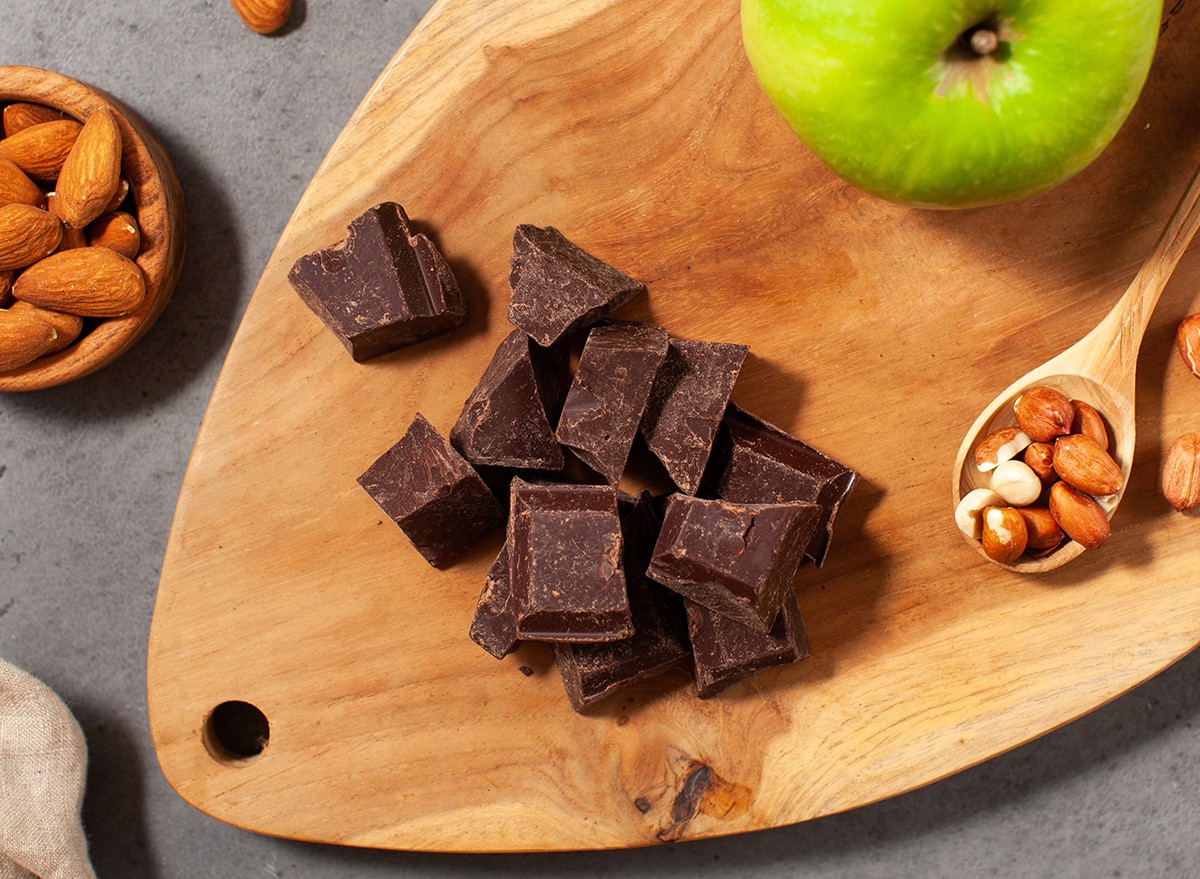
Combine quercetin with catechins for maximum health benefits. “Anti-inflammatory quercetin reduces blood clots while antioxidant catechins work against hardened arteries,” Dr. Rachel Corradetti-Sargeant, ND, tells Clean Eating. “Reduce your chances of cardiovascular disease by enjoying food pairs like skin-on apples with dark chocolate or berries and green tea.”
Niacin (Vitamin B3) and Fish Oil
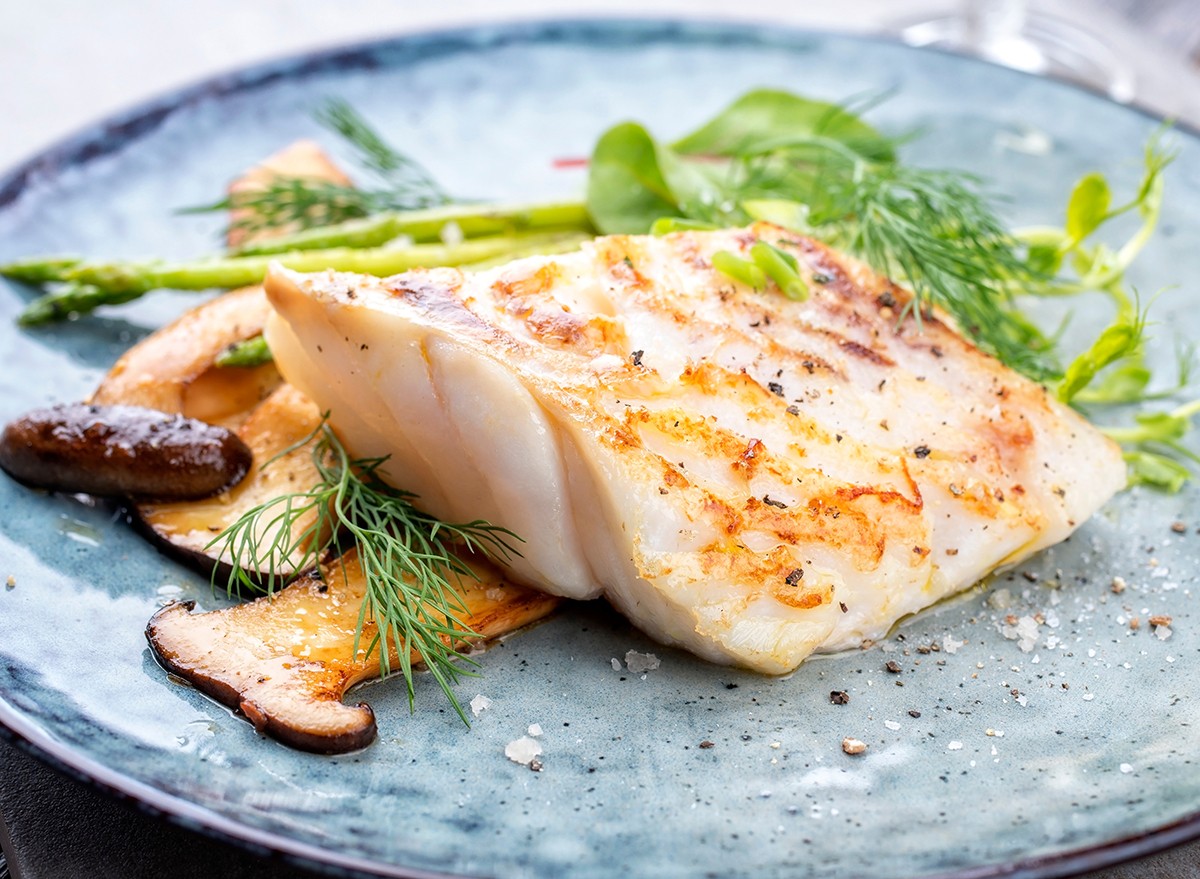
Combining niacin with fish oil can be beneficial for heart health. “Looking for the ultimate cholesterol-reducing pair? Anti-inflammatory and triglyceride-lowering fish oil is made even better when partnered with niacin, which helps balance bad and good cholesterol,” Corradetti-Sargeant says. “Try cremini mushrooms with sea bass.”